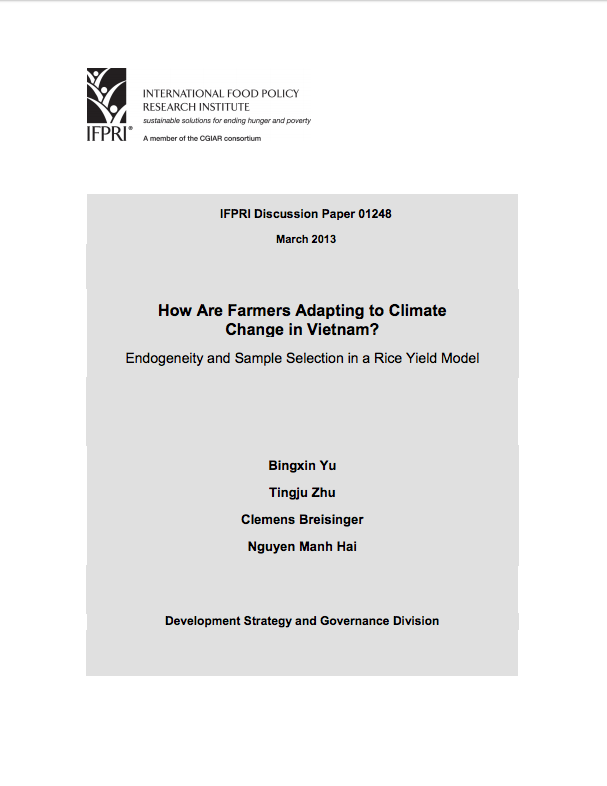Investment in women and its implications for lifetime incomes
This study examines the implications of gender differences in wealth transfers—farmland and education—on the lifetime incomes of men and women in the rural areas of Ghana, the Philippines, and Sumatra. Based on household surveys of three generations, we tested the hypothesis that parents bequeath their wealth to their sons and daughters in accordance with their comparative advantages in lowland and upland farming and in nonfarm jobs.












